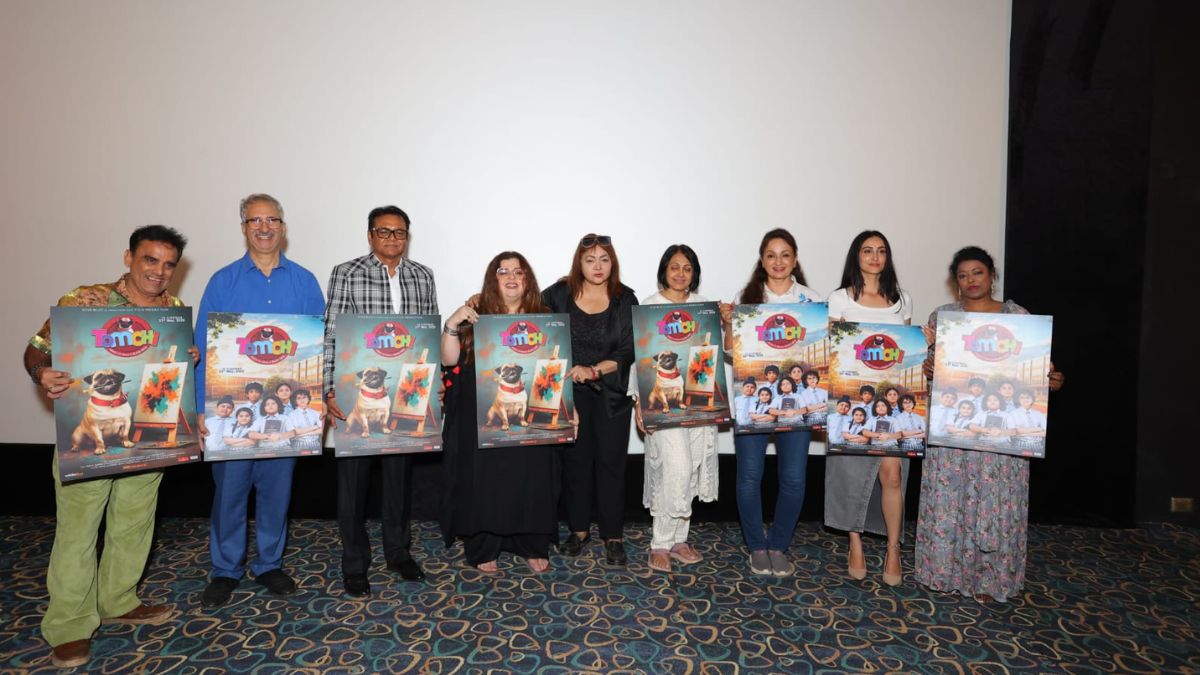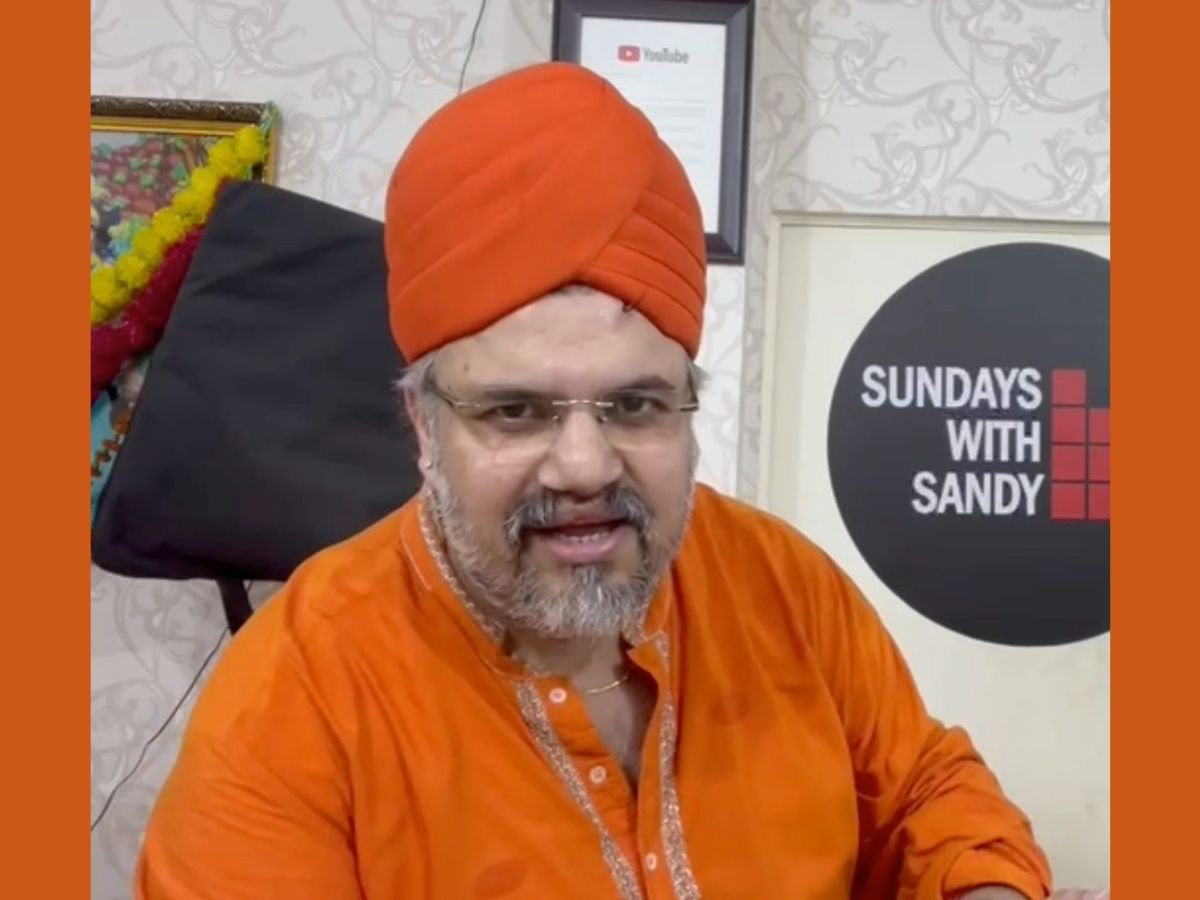Heena Jaikishan, a rising star of Gujarati cinema, on the sets of her latest film, representing the new face of regional entertainment.
Surat (Gujarat) [India], October 30: Gujarati cinema is no longer the underdog of Indian entertainment—it’s evolving, experimenting, and electrifying audiences. Actress Heena Jaikishan, one of the industry’s new-age voices, says this is just the beginning.
The Gujarati Renaissance Is Real
For decades, regional cinema was treated like the supporting act to Bollywood’s main stage. But in the last 15 years, the Gujarati film industry has pulled off something rare—it built its own identity, with equal parts grit and creativity.
Today, Gujarati filmmakers are serving thrillers, comedies, social dramas, and even horror flicks that are both entertaining and intelligent. Their films have won accolades on national and international platforms, and with around 100 films produced every year, the industry has quietly become one of India’s most dynamic creative ecosystems.
“Contemporary Gujarati films, with their incorporation of digital technology, remixes, disco beats, and catchy melodies, are drawing large audiences to the box office,” says actress Heena Jaikishan. “This growing trend signals a positive shift in the overall growth of the industry.”
And she would know. In just five years, Heena has gone from a software engineer to a household name in Gujarati cinema—a transformation powered by ambition, perseverance, and an uncanny instinct for good scripts.
From Coding to Camera: Heena’s Leap of Faith
Heena’s story starts in Surat, where she graduated as an engineer from Bhagwan Mahavir College in 2015 before joining an IT firm in Mumbai. But the 9-to-5 grind couldn’t silence her passion for acting.
“I had no formal background in acting,” she says. “But I used to take time out on weekends to attend auditions. I did some ad films, a few modeling gigs, and slowly built the courage to quit my job and go all in.”
Then came 2020—the year the world shut down. While others binge-watched Netflix, Heena turned her living room into an audition studio.
“I kept auditioning online during lockdown, and that’s when I landed my first film, Kahi De Ne Prem Che,” she recalls. “The response was amazing—and that’s when I knew I was in the right place.”
Since then, she’s acted in 12 films and is set to make her Hindi film debut next January. Not bad for someone who once debugged code instead of memorising dialogues.
Hits, Highlights, and Hard Roles
Heena’s filmography reads like a cross-section of Gujarati cinema’s evolution—diverse, bold, and confident. Her projects include Kahi De Ne Prem Che, Nasoor, Welcome Purnima, Char Phera nu Chakdol, Vishwaguru, Maru Mann Taaru Thayu, Meera, and the critically acclaimed Kutch Express.
Among these, Kutch Express—which bagged awards and critical acclaim—remains closest to her heart.
“The film made me believe in my own strength as an actor,” she says. “And Meera challenged me the most emotionally. It wasn’t an easy role, but I poured everything I had into it.”
Her latest release, Chaniya Toli, has been another turning point. The comedy-drama not only earned rave reviews but also crossed ₹10 crore in its first week—a rare feat for Gujarati cinema.
The Women Are Coming
Heena believes the winds of change in Indian cinema are blowing stronger than ever—especially for women.
“We are witnessing a groundbreaking era for women in cinema,” she says with quiet confidence. “Today, women in Gujarati and Hindi films are portraying layered, powerful characters that were once reserved for men. I want to play an IPS officer someday—and I’d love to dive into thrillers and mythological-historical dramas.”
It’s not just talk. Her roles so far already reflect that mix of strength and subtlety—characters who aren’t just written for screen time but for impact.
Gujarati Cinema: The Growth Story Nobody Saw Coming
Let’s call it what it is—the Gujarati film industry is having its glow-up moment.
Once pigeonholed as small-town cinema, it now attracts urban multiplex audiences, youth, and even NRIs. The box office data backs it up, but so does the creative energy radiating from every corner of Gujarat’s new-age studios.
“Today, Gujarati films are exploring fresh themes and global ideas,” Heena points out. “We’re producing nearly 100 films annually, and audiences—both rural and urban—are responding with enthusiasm. The blend of tradition and technology is creating something truly unique.”
She credits the younger generation of directors, musicians, and writers for the shift. “These artists have brought in fresh soundtracks, bold scripts, and global aesthetics while staying rooted in Gujarati culture.”
And the numbers don’t lie—films are clocking silver and golden jubilees in theatres again, a phenomenon once thought extinct.
Promotion, Platforms, and Possibilities
If there’s one area Heena thinks Gujarati cinema needs to play smarter, it’s promotion.
“I firmly believe Gujarati web series should be developed at the same professional standard as Hindi or English ones,” she says. “That’s how you promote talent and give audiences fresh reasons to watch Gujarati content online.”
She’s right. The OTT revolution is rewriting entertainment economics, and regional content is no longer “niche”—it’s the next goldmine. The trick, as Heena puts it, is to “create exposure, not excuses.”
Support Systems and Strong Roots
Every actor has a backstage story. For Heena, it’s her family.
“My parents and in-laws have supported me every step of the way,” she says. “Their belief in me gave me the courage to take risks. Whatever success I’ve achieved, it’s built on that foundation.”
The Road Ahead
Heena Jaikishan isn’t chasing fame—she’s building a filmography that outlasts it. Her vision for Gujarati cinema is simple but powerful: global in thought, Gujarati in soul.
As the industry races toward digital maturity—with modern scripts, experimental genres, and fierce female leads—Heena stands as both participant and proof.
Gujarati cinema’s future isn’t just bright. It’s blinding.




